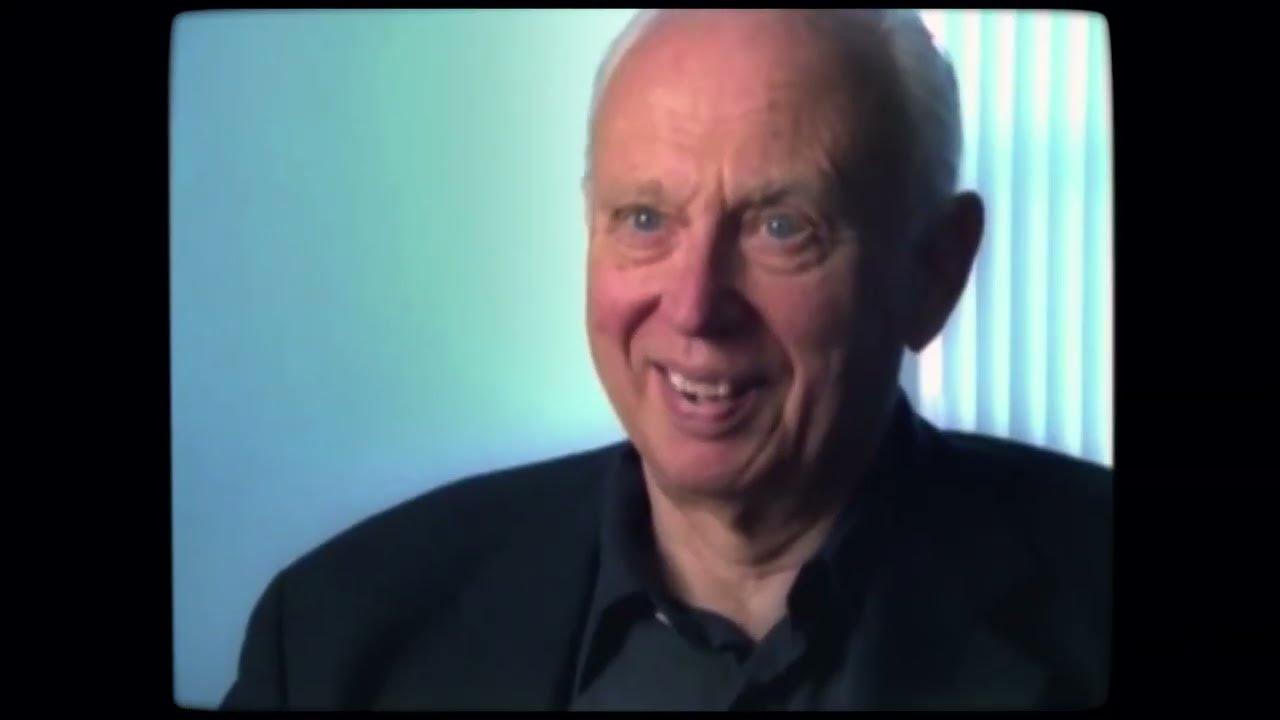The architecture of interaction | Iman Ansari | TEDxOhioStateUniversity
Summary
TLDRIn a compelling exploration of architecture's intersection with art and science, the speaker reflects on a childhood visit to a historic bathhouse in Isfahan, Iran, which sparked their passion for design. They share innovative projects, including collaborations with NASA and Hyperloop, emphasizing the importance of reimagining office spaces and furniture. Delving into the historical context of hospital architecture, the speaker highlights the experiments of John Shaw Billings in the 19th century. Ultimately, they reveal that the enchanting story of the bathhouse's heating system was a myth, yet it underscores the power of imagination in architecture to foster meaningful human interactions and innovative solutions.
Takeaways
- 😀 The speaker's childhood fascination with a mysterious bathhouse in Isfahan sparked their passion for architecture.
- 🏛️ Architecture is described as a field that combines art and science, creating meaningful connections between people and environments.
- 🛠️ The design of office spaces should prioritize flexibility and innovation, as demonstrated by the development of movable furniture like the 'Productivity' pod.
- 🌌 The speaker draws inspiration from historical innovations, such as the bathhouse's heating system, to explore the relationship between architecture and human metabolism.
- 🏥 Historical hospitals were viewed as therapeutic machines, with design considerations made by doctors rather than architects, highlighting the need for a scientific approach in architecture.
- 📊 Modern architectural design can utilize simulation technology to analyze and improve human circulation within spaces, enhancing functionality.
- 🔄 The iterative design process allows for adjustments based on real-time simulations, leading to more efficient spatial layouts.
- 🕯️ The speaker reflects on how the myth surrounding the bathhouse's heating system was ultimately less important than the imaginative solutions it inspired.
- 🌍 Architecture serves as a platform for interdisciplinary collaboration, merging technical knowledge with creative practice.
- 💡 The speaker concludes that the essence of architecture lies in balancing reality with imagination, creating spaces that foster interaction and innovation.
Q & A
What childhood experience inspired the speaker to become an architect?
-The speaker was inspired by a trip to Isfahan, Iran, where they learned about a historical bathhouse that was heated by a candle, leading them to see architecture as a blend of art and science.
What are some key projects the speaker's architectural practice has worked on?
-The speaker's practice has collaborated on projects such as the Hyperloop Transportation Technologies and redesigning the NASA Jet Propulsion Laboratory's offices.
How does the speaker describe the typical office environment they encountered?
-The speaker describes the typical office environment as dull and generic, filled with desks and cubicles, similar to many offices experienced by others.
What innovative furniture designs did the speaker's practice create for office spaces?
-They designed 'Productivity,' an individual pod that enhances privacy and flexibility, and 'Zero Gravity,' a reconfigurable chair that stabilizes based on the user's weight.
What did the speaker discover about the bathhouse's heating system years later?
-The speaker discovered that the bathhouse used multiple boilers and that the connection to the sewage system provided biogas to keep a candle burning, complicating the original myth.
What historical example does the speaker give regarding the design of hospitals?
-The speaker references the Johns Hopkins Hospital, designed by Dr. John Shaw Billings, who approached it as a laboratory for heating and ventilation, integrating scientific methods into architecture.
How did the speaker's practice utilize technology in architectural design?
-They employed simulation technology to model human circulation in medical office designs, allowing for adjustments based on traffic and congestion patterns.
What philosophical reflection does the speaker offer regarding the nature of architecture?
-The speaker reflects that architecture is not solely about physical structures but embodies interactions, the exchange of knowledge, and the reconciliation of reality with imagination.
What lesson did the speaker learn from the myth surrounding the bathhouse?
-The speaker learned that while the specifics of the bathhouse story may not be true, the imaginative possibilities and innovative solutions it represents in architecture are valuable.
What significance does the speaker attribute to the relationship between buildings and human bodies?
-The speaker emphasizes that buildings should interact with human bodies and their use of space, highlighting the importance of designing environments that facilitate these interactions.
Outlines

このセクションは有料ユーザー限定です。 アクセスするには、アップグレードをお願いします。
今すぐアップグレードMindmap

このセクションは有料ユーザー限定です。 アクセスするには、アップグレードをお願いします。
今すぐアップグレードKeywords

このセクションは有料ユーザー限定です。 アクセスするには、アップグレードをお願いします。
今すぐアップグレードHighlights

このセクションは有料ユーザー限定です。 アクセスするには、アップグレードをお願いします。
今すぐアップグレードTranscripts

このセクションは有料ユーザー限定です。 アクセスするには、アップグレードをお願いします。
今すぐアップグレード5.0 / 5 (0 votes)






